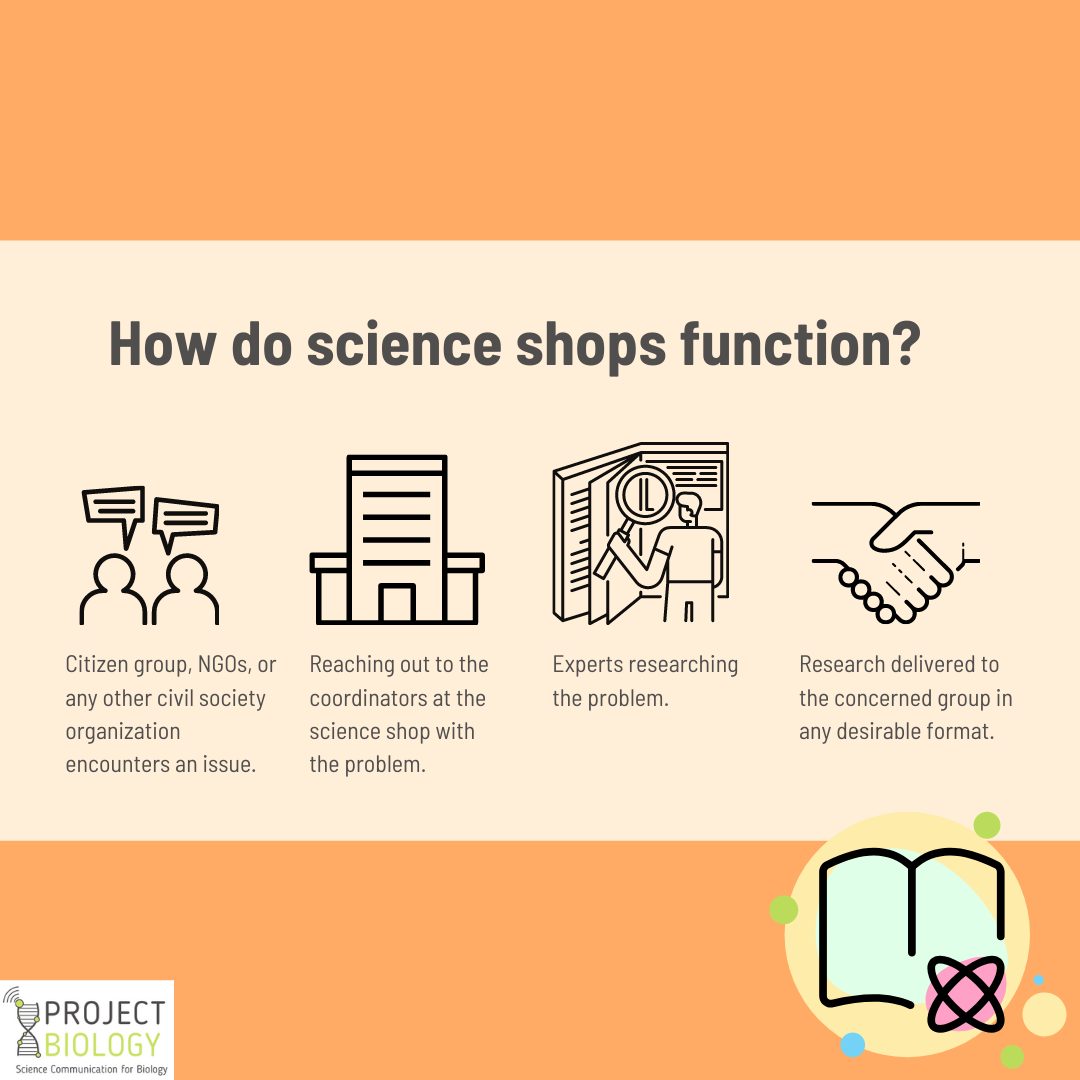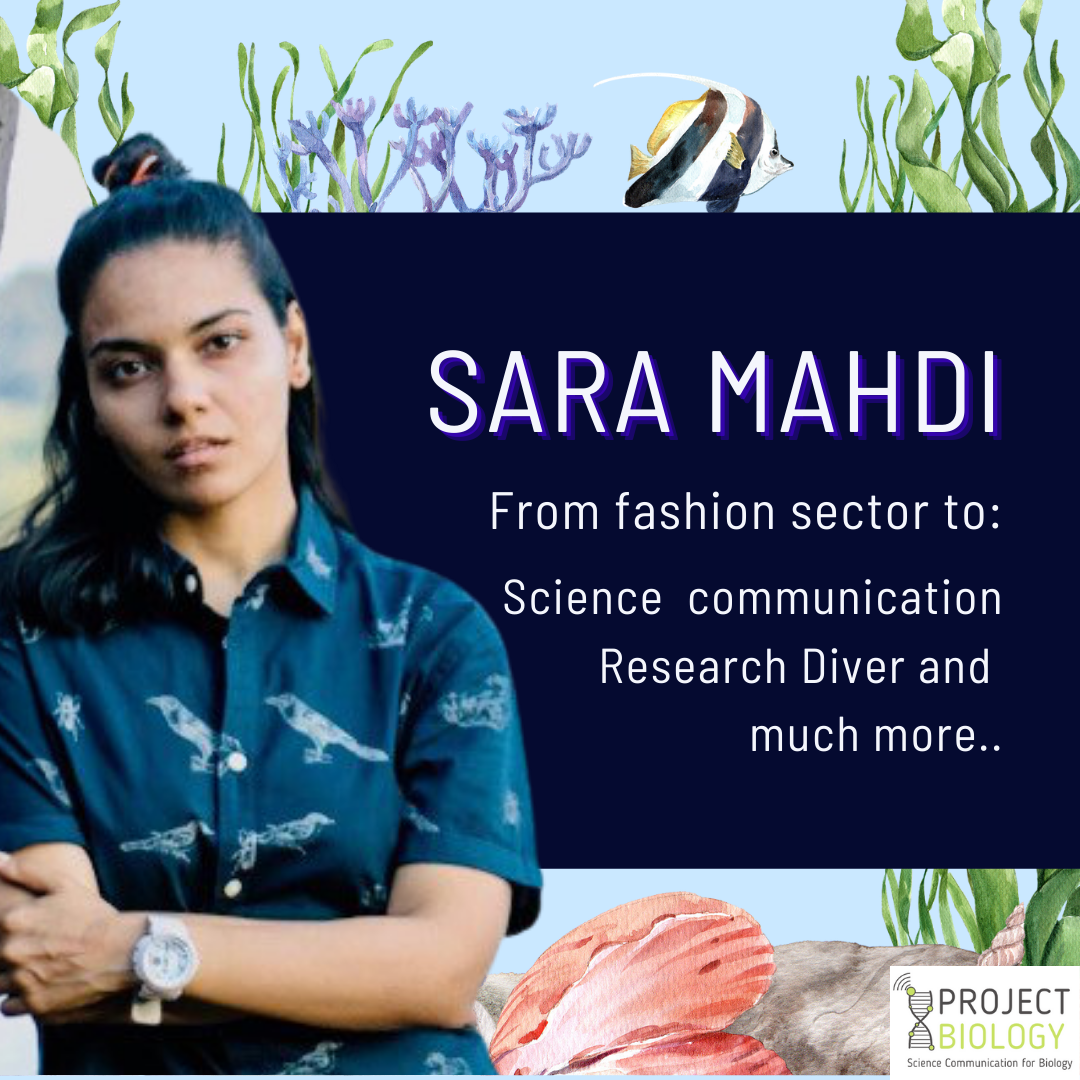India, a land of diversity, represents an endless number of discrete and exclusive socio-cultural groups based on caste, language, culture, and other factors. On top of that, different educational strata exist in India. From rural people often suffering from low literacy rates to educated space scientists, world-renowned clinicians, poets, literary artisans, and others.
With scientific research advancement, health and medical science have reached new heights, and ample novel technologies reached common people. Yet, leading-edge and crucial scientific knowledge often remains incomprehensible and underappreciated by common Indian people.
Science: Essence of Life
Illumination of science right down to the grass-root level to build consciousness among people and conserve knowledge remains needful. Such awareness will help rural India to incur an improved understanding of sanitation, cleanliness, and hygiene.
It can further result in lower spread and prevention of communicable diseases. These little precautions can also create a marked difference in maternal and child health and bridge the rural-urban gap. Familiarity with the benefits of a healthy diet and nutritious food would lower malnutrition and metabolism-related diseases.
Non-communicable illnesses caused due to the use of tobacco and alcohol are not rare in Indian villages. Understanding proper waste disposal, particularly with plastics’ high usage, is essential to maintain a clean environment.
Major challenges
However, illiteracy and unawareness are the major challenges of science communication in India. 70% of the Indians live in villages, with minimal exposure to education. Though the literacy levels are increasing (about 64.7% of the population) in rural areas, scientific literacy is still considerably low.
Moreover, across India, 22 different languages are spoken in wide-ranging dialects. It presents both as a challenge and an opportunity. Another major challenge that the Indian population faces is the influence of superstitions and myths in villages and towns, and city dwellers.
Priests perform various religious rituals to appease the rain God to ensure a good monsoon. Women pray to bear a male child. Alternate therapies and old-medicines, with no scientific proof, are still not obsolete in Indian society.
All these challenges multiply, posing a threat to the culture and humanity in a very densely populated country.
Science should reach the folks.
Often we find these pseudosciences, superstitious beliefs, and non-scientific philosophies deep-rooted into people’s minds. Only an appropriate understanding of science can help challenge and change the situation.
It can be achieved through the clear transmission of scientific knowledge. Moreover, delivering a simplified version of science in colloquial dialect so that the individuals residing in the various state can have their flavor also remains important.
Nowadays, scientific information has huge potential in shaping society. It helps people to think and make decisions logically, even at the grassroots level.
Communication is the key!

Strengthening the foundations of science journalism and science communication in the country can help bridge the wide gap between scientists and society. Scientists, journalists, and communicators should work hand in hand to market science better.
However, these two communities do not mingle with each other. Inventors and discoverers want their stories to be delivered in a mode without any scope of misinterpretation. Likewise, reporters and media professionals want scientists to convey their thoughts so that they are not misjudged.
Research has even pointed out the discontent between scientists and journalists.
Results show that scientists claim that journalists ignore local scientists, tamper with their research findings, and do not consider science an interesting beat to cover. On the other hand, journalists claim that scientists do not want to share their work, and they do not explain science in simple terms.
Scientists often work tirelessly and tend to reside in their own scientific sphere. While doing all the great work, they often remain inaccessible to the communicators, widening the communication gap.
Science Media Centre: Solution?
The science media centre (SMC) is an autonomous press office for science, which guarantees accurate and evidence-based scientific facts from scientists to common-man via media professionals. SMCs have extended a helping hand to science reporters to bridge between the two communities, journalists and scientists.
To improve the science–media relationship, they organize well-planned meetings or interviews with journalists, scientists, and science communication advisors for professional guidance. SMCs in some countries also organizes frequent events to familiarise scientists with journalists, providing science correspondents helpful tactics and valuable instructions.
They offer a hand-holding when the media has to deal with complex and cutting-edge science through conversation and discussion regarding the concerns. In special cases, the centre arranges proof for the inquiry committee when public understanding is at risk.
SMCs conduct regular and structured training courses also to shape the science communicators. This SMC model successfully structuring science journalism in many countries like England, New Zealand, Canada, Japan, Germany, etc., across the globe.
Moreover, SMCs of different countries are connected to a universal network, ‘SMC Charter.’ This charter helps to connect with international scientists and a global audience. The SMCs in other countries have gained the confidence of both the journalists and scientists.
They are working to engross as many scientists as possible with the world of media to increase folks’ access to clear-cut, result-based scientific information. The SMCs are destined to help media houses to cover huge stories in the bulletin from weather conditions and natural calamities to diet, food, lifestyle, medicine, technology, and the universe.
It helps to gain public faith in science by promoting truthful and well-adjusted coverage of debatable scientific stories.
Scope of Science Media Centre in India
SMCs in India can help spread the achievements and triumphs of science globally to every household in a simplified manner. Unlike other countries, keeping in mind, the uneducated and half-educated common people, along with print and audio-visual media, folk media, like puppet shows and street plays, and other interactive media like science fairs and exhibitions, needed to be arranged.
These events should also be conducted in local languages to reach out to the diverse population of India. The only SMC in India is situated at IISER Pune, Maharashtra can be contacted through telephone or the email address provided.

India can greatly benefit from SMCs at regional levels, interconnected with state and national levels SMCs. Such a structure can help market science via accurate journalist in regional language. It can also help uncover the brilliant scientists working at regional institutions and how their research can help the region.
It can help communicators know their audience better and thus communicate better.
Looking forward
For a better India, we have to overcome blind faiths and false public beliefs and transform ourselves into a rationally thinking nation. Triumphs and excitements of scientific findings should be conveyed lucidly to the populace.
Science and scientific culture infiltrate into India’s assorted society and transmute it to a scientifically intelligent nation of technically conscious people. This is difficult but not unattainable.
With the available novel tools, technologies, and resources, scientific messages can certainly be conveyed to India’s people.




